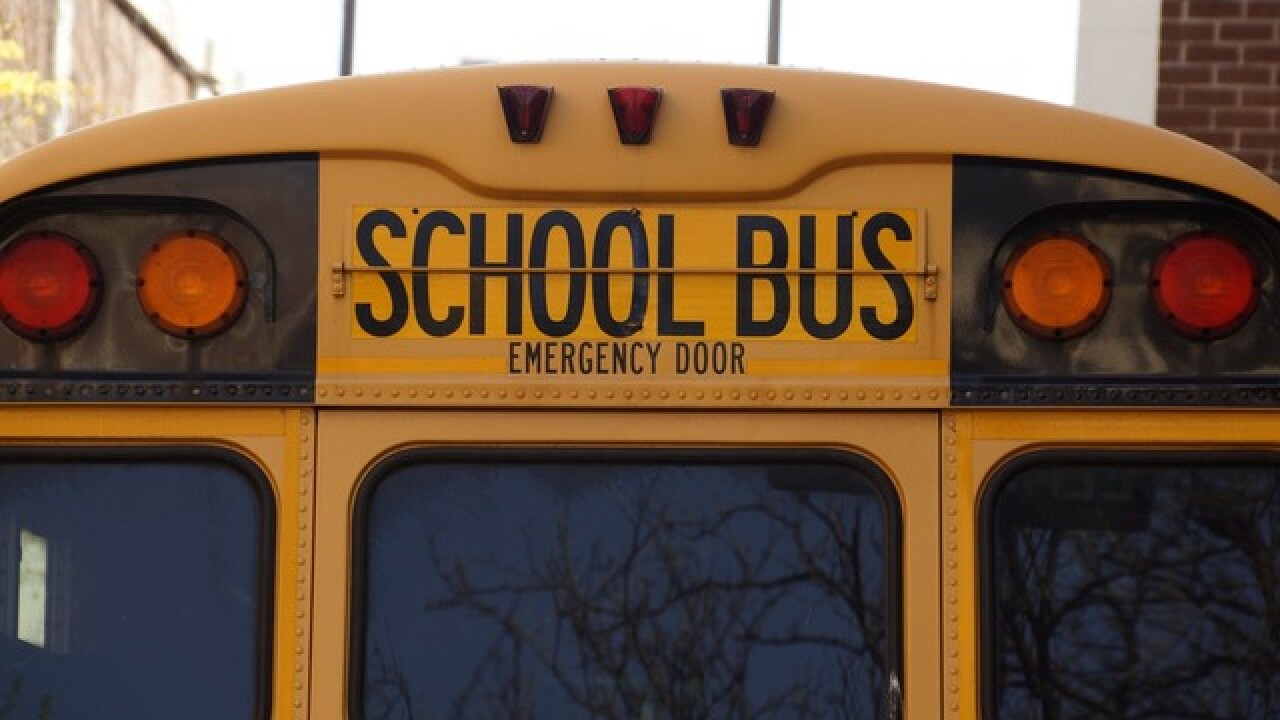"They want us to be quiet. We're not going to be quiet. We're not going to give up,” says Katie Stell, a teacher in Phoenix.
Stell is standing up to the proposed $15 billion state spending plan — $570 million of which was allotted for K-12 public education.
Stell says that isn’t enough.
"I teach seventh and eighth grade, which can be pretty exhausting,” says Stell. “We put in a lot of hours past our contract time, and we just want to feel appreciated...We can't do what we do without proper funding.”
After the proposed budget plan passed out of the House Appropriations Committee Tuesday, House Democratic Leader Reginald Bolding called it a "failure" and says it doesn’t keep pace with inflation.
Marisol Garcia, the Vice President of the Arizona Education Association, says, “The frustration is that this legislature has decided to not listen to the will of the voters, the people of Arizona, the working families. What they've decided to do is make priorities to: A, get reelected and B, to have donors so they can keep them happy. That is not what education is about, or Arizona families want as a priority.”
Garcia says the proposal from state Republicans happened at the last second.
"We need time to talk about it,” says Garcia. “We don't wait to the last six days of a budget deadline to have these discussions. These should have happened at the beginning of this year to impact next year's school year.”
Garcia proposed more money for educators to help with teacher salaries, special education funding, CTE career, technical education, preschool, and full kindergarten funding.
“We’re in a really good position as long as we solve a few key problems and I believe that this budget does that in a historic way,” says Republican Representative, Michelle Udall for District 25.
Udall supports the proposed budget, saying this budget represents an increase in school funding overall.
“This is not nothing,” says Udall. “If you look at it on a per-pupil basis on the K-12 funding, it ends up being around $750 increase per student, which, in a class of 30, which I know is a large class, but it’s easy to compare — that’s a $23,000 increase per classroom. To say that teachers aren’t going to feel that, to say that our students aren’t going to feel that difference is absurd.”
The bills will need amendments before being voted on. Democrats are hoping for a bipartisan solution before the clock strikes midnight Wednesday.
If not, we’re looking at a possible government shutdown.




